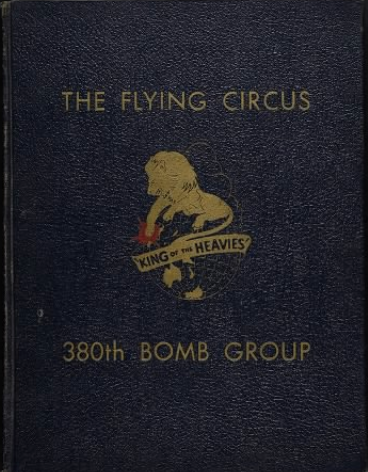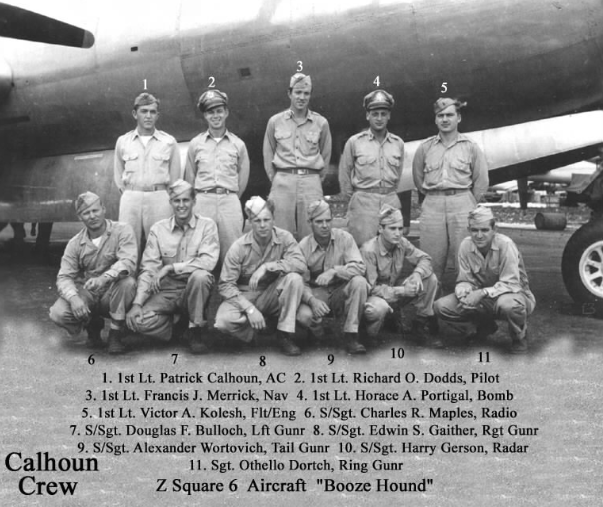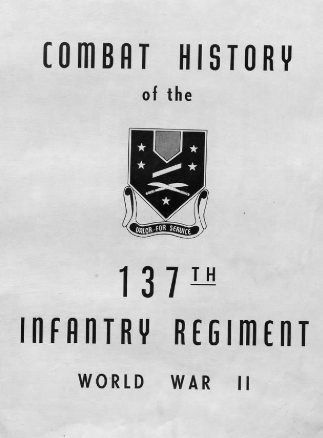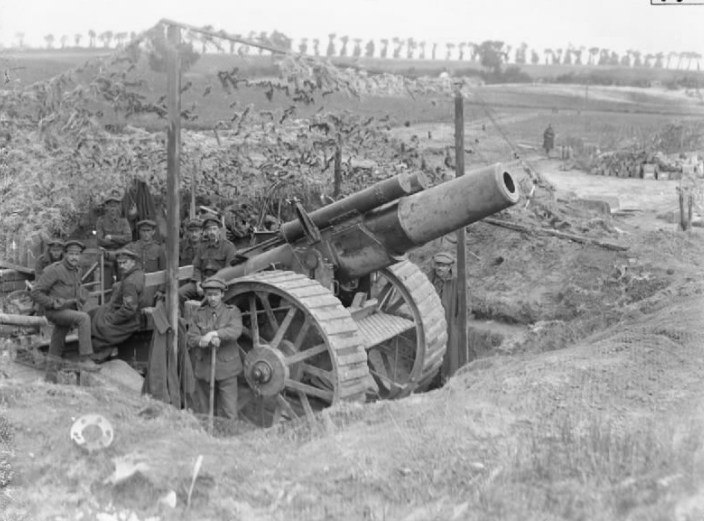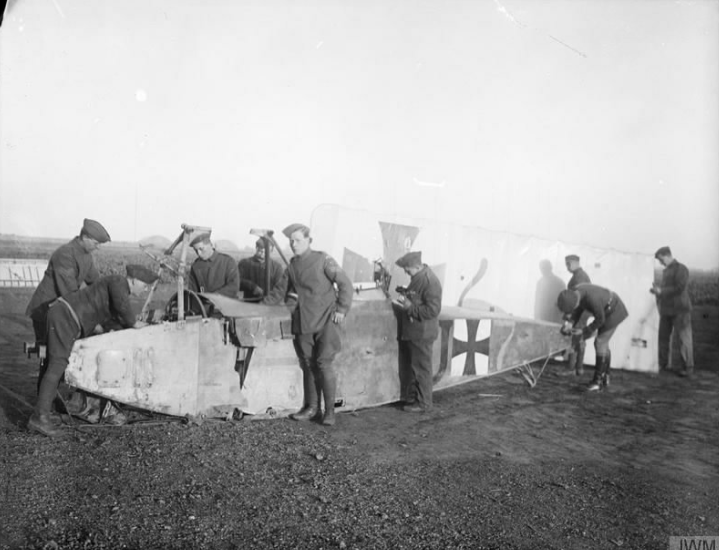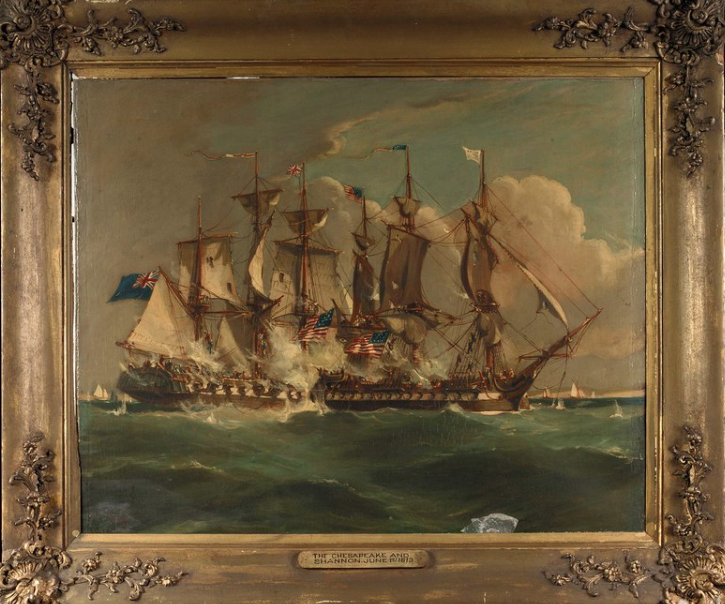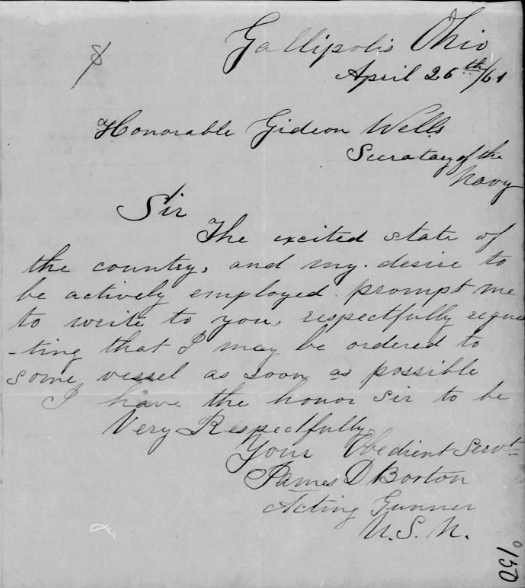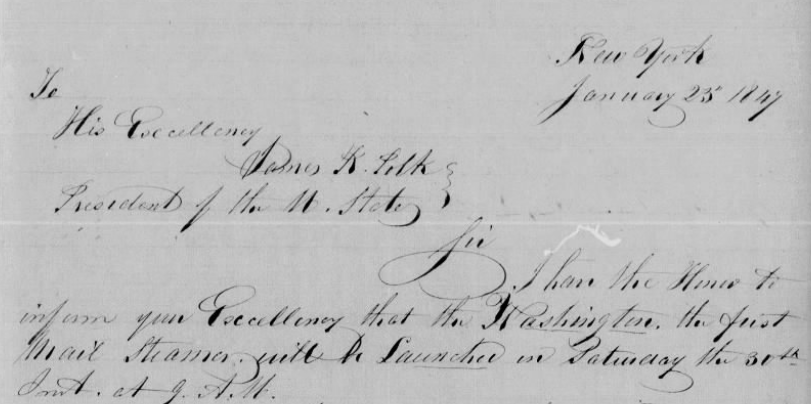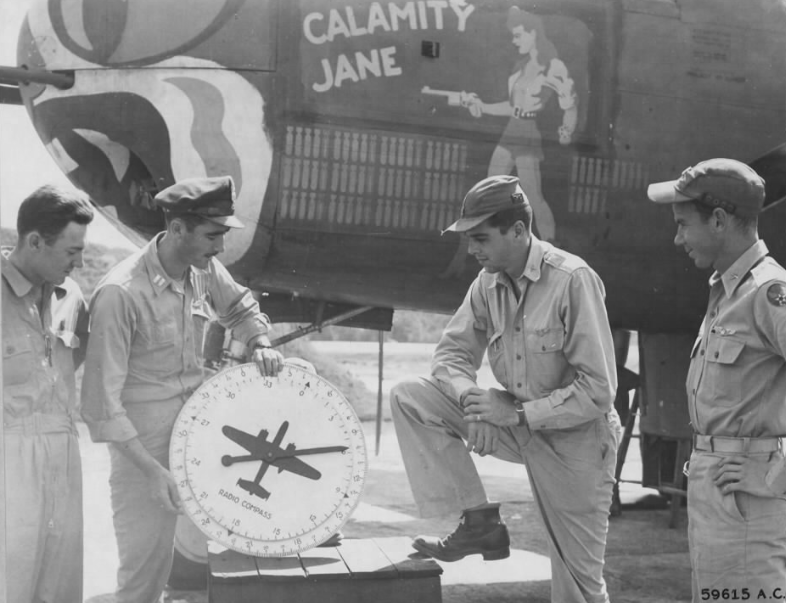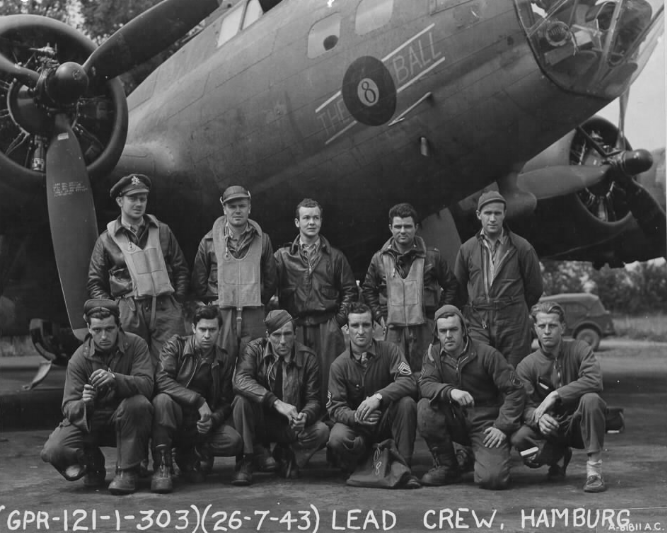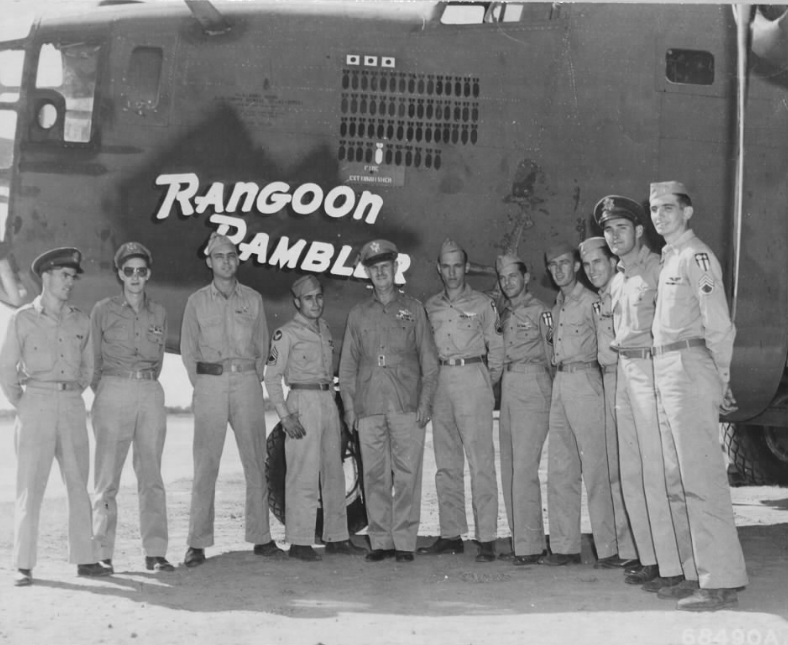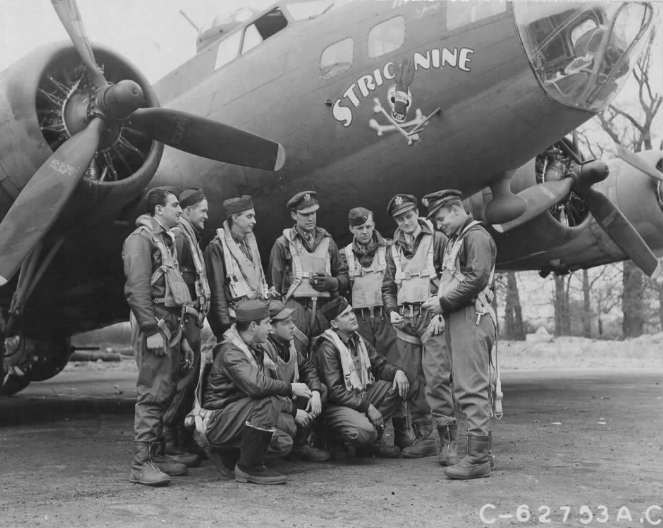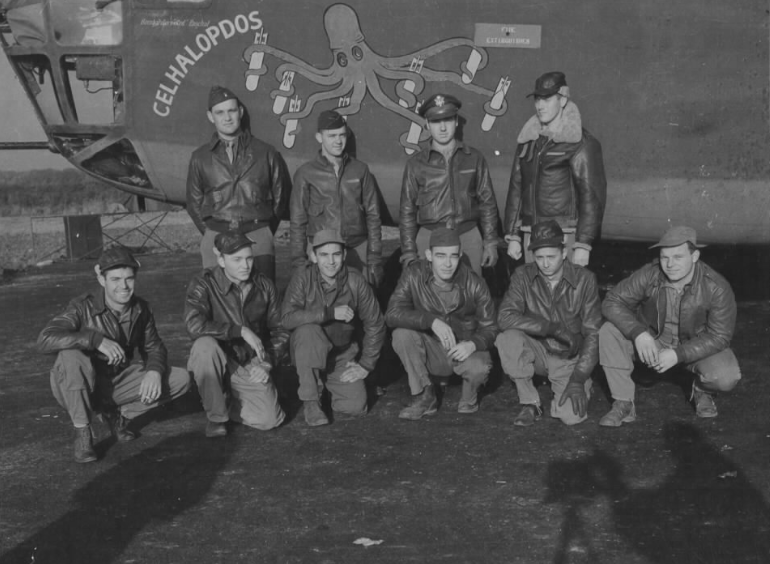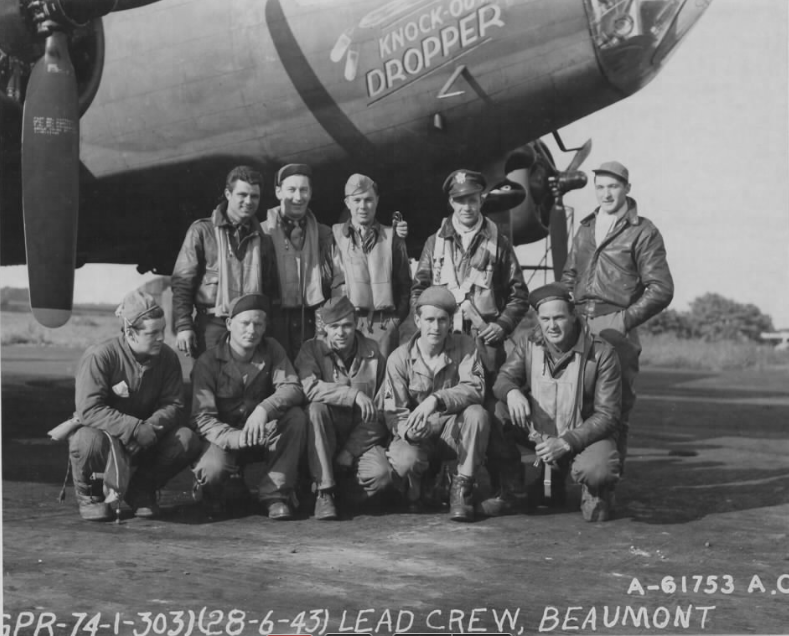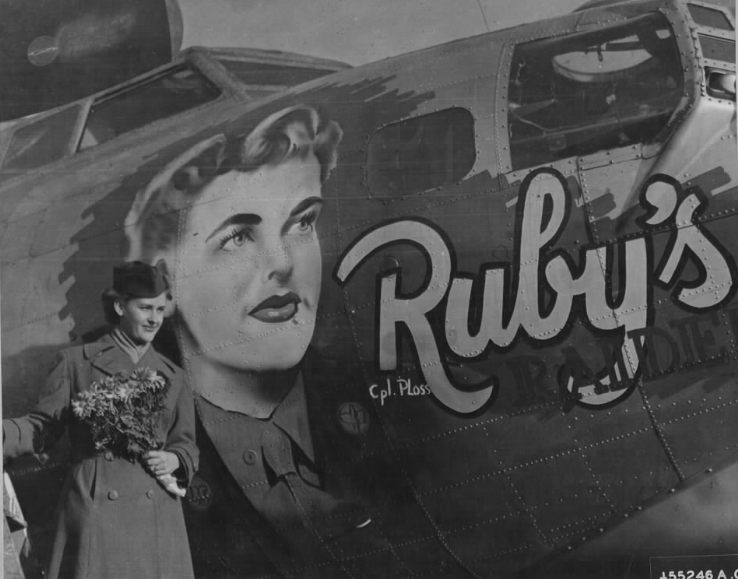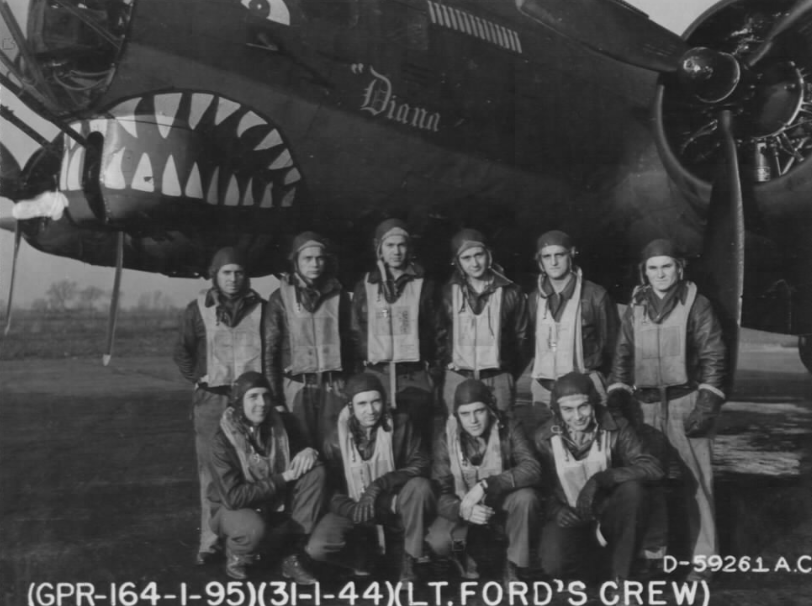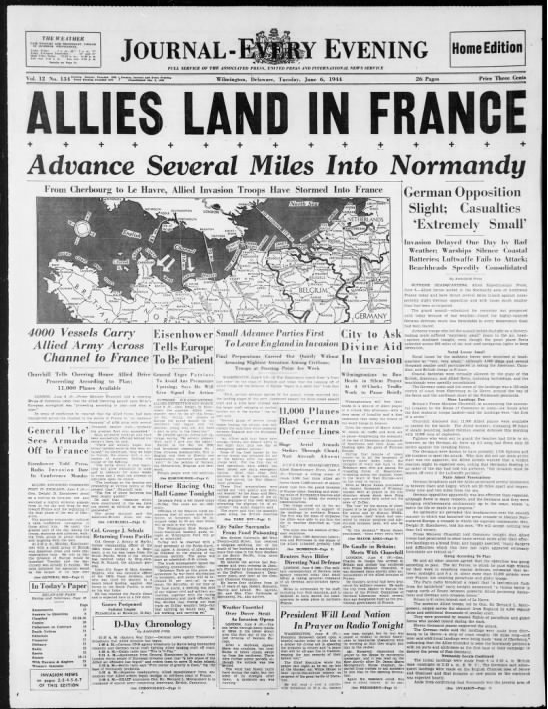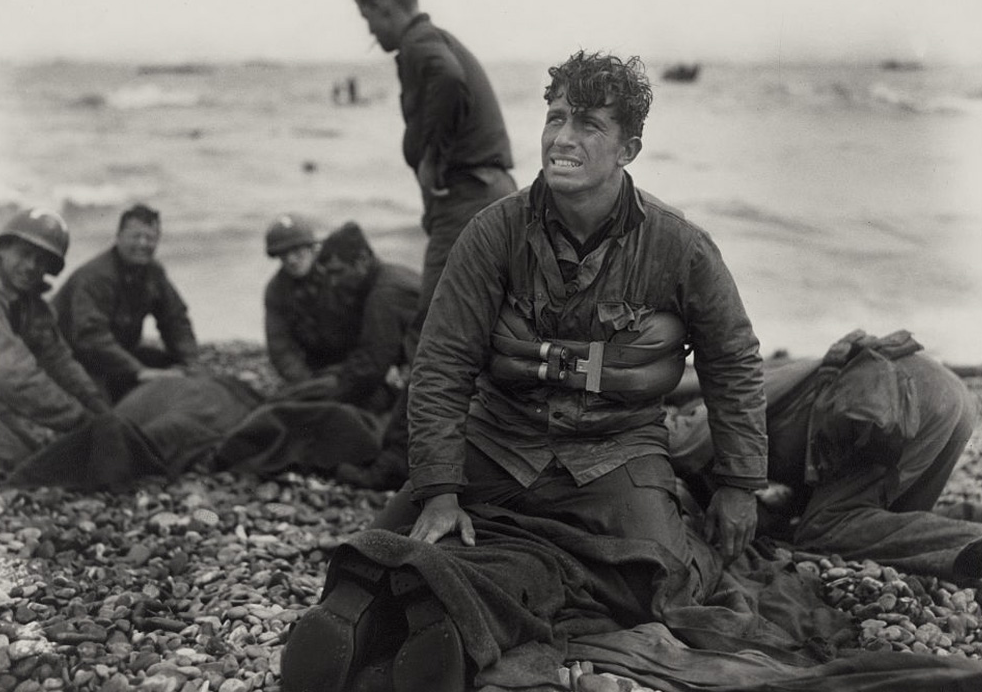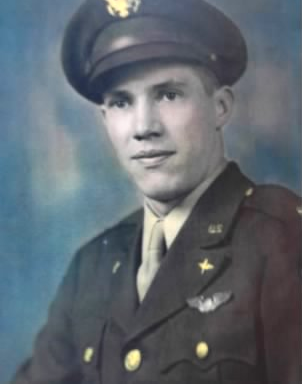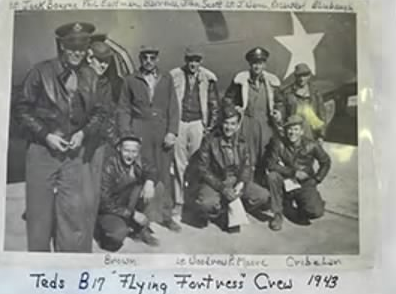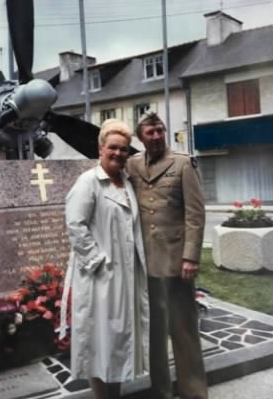On August 3, 1966, the US launched a six-month offensive known as Operation Prairie in Vietnam. The operation consisted of a series of battles primarily in the Con Thien and Gio Linh regions along the Demilitarized Zone (DMZ) that separated North and South Vietnam. The objective of the US was to prevent the North Vietnamese Army (NVA) from crossing the DMZ and invading the Quang Tri Province. The operation came on the heels of Operation Hastings, a previous operation that lasted from mid-July to early August along the DMZ and was deemed a strategic success.
During 1965 and early 1966, the Viet Cong and the NVA infiltrated areas near the DMZ with the tactical goal of drawing US troops away from cities and towns. US forces responded to the threat by constructing a string of bases south of the DMZ. The Marines provided the ground forces and received air support from two helicopter detachments; one from MAG-16 and the other from the Army 220th Aviation Company.
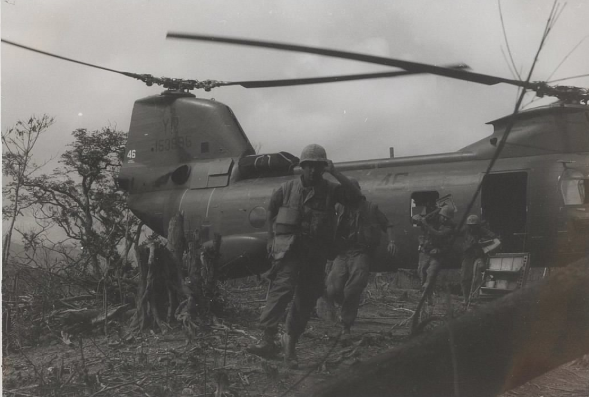
On August 6, 1966, the Marines inserted a five-man reconnaissance team in an area 4 km north of a craggy mountain of solid rock with 700-foot cliffs known as the Rockpile. The Rockpile was south of the DMZ and used by the US as an observation post and military base. The reconnaissance team smelled smoke from an enemy camp and called in artillery bombardments. On the morning of the 8th, the Marines saw NVA troops and radioed in the situation. Hoping to take NVA prisoners, a 40-man reaction force arrived to help. The enemy couldn’t be located, and plans were made for a helicopter extraction of the Marines. During extraction, troops came under heavy fire and half of the Marines weren’t evacuated. Those that remained held a defensive perimeter while under heavy attack. A Huey gunship flew under heavy fire to resupply the group. On August 9th, following a napalm attack against the NVA, the remaining Marines were finally evacuated. Five Marines died, but there were at least 37 casualties from the NVA.
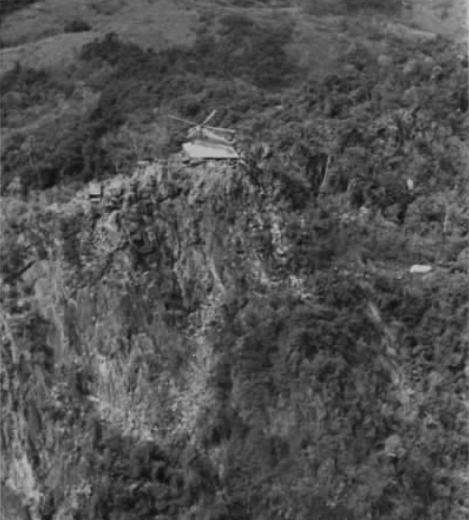
In the following weeks and months, additional fighting took place in several different areas. One of them was a ridge known as Razorback. While trying to silence a machine gun position that was firing on the Rockpile, Marines encountered an area dotted with caves where the NVA were hiding. The North Vietnamese soldiers emerged from multiple caves at once and opened fire on the surprised Marines resulting in multiple casualties.
Marines also engaged at another place known as Mutters Ridge where the Marines encountered an NVA ambush. In September, intelligence suggested that NVA troops had built an infiltration route along Mutters Ridge. While patrolling in the area, the Marines walked into an ambush. The trapped soldiers fought their way out at close quarters. Sometimes the Marines and North Vietnamese were only 30-feet apart and lobbing hand grenades at each other. It took two days for ground help to reach the surrounded Marines. With the help of air and artillery strikes, 170 of the enemy were eliminated. Nine Marines also lost their lives.
By the time Operation Prairie came to an end in January 1967, US troops were able to prevent the NVA from establishing a major base in the region, but it came at a steep cost. The Marines sustained 200 deaths and 1,000 wounded, while more than 1,000 North Vietnamese soldiers lost their lives.
Did you or someone you know participate in Operation Prairie? To see more of our Vietnam War records, search Fold3 today!
